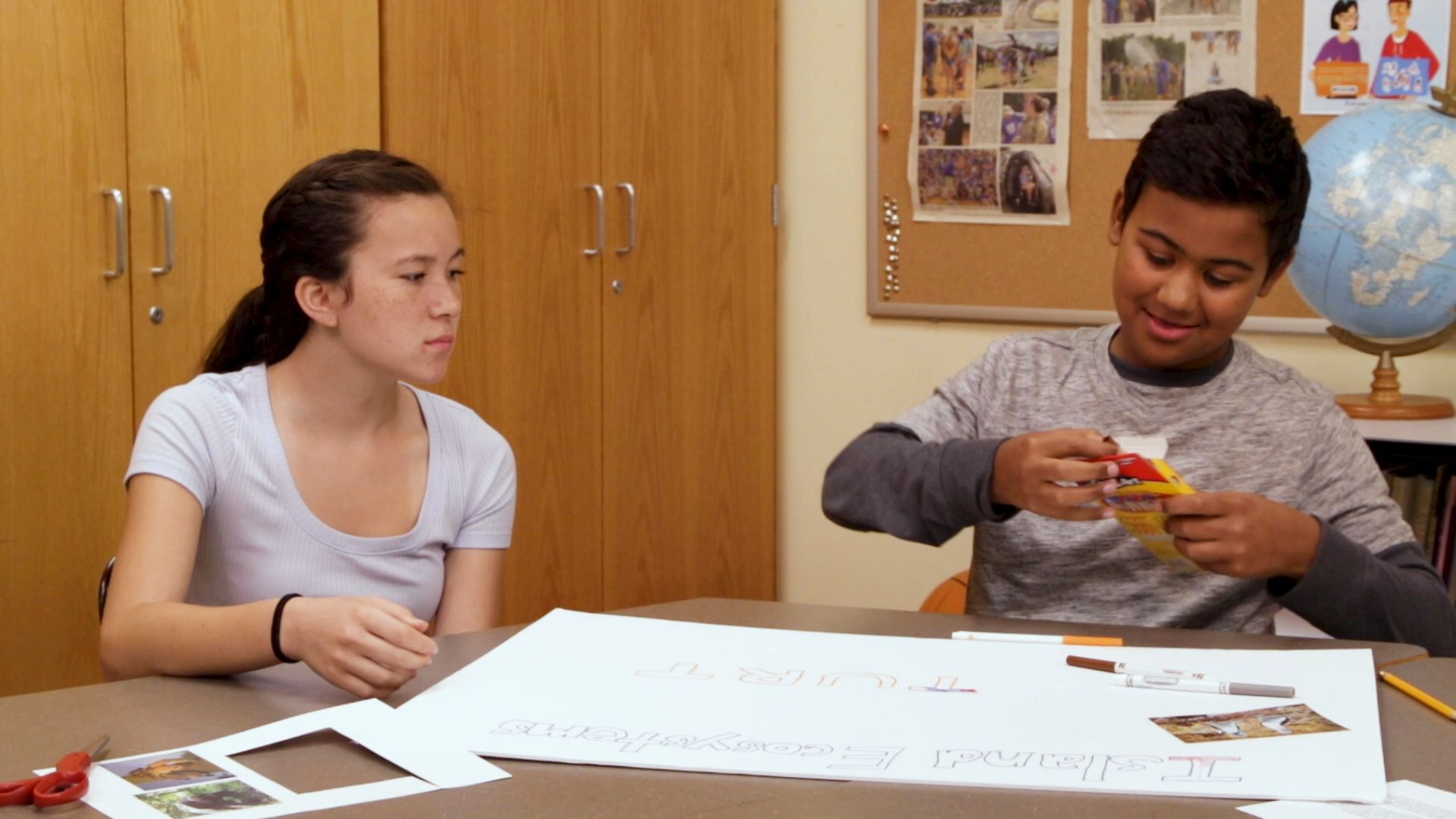
Introduction
Asking for permission is a vital social skill that helps maintain a respectful and considerate environment in the classroom. It teaches students to respect others’ belongings and personal space, as well as to recognize boundaries. This blog post will discuss an easy-to-implement activity that requires no preparation, followed by discussion questions and related skills. Lastly, we’ll provide next steps for educators to access free sample materials to continue teaching this essential skill.
No-Prep Activity: The Permission Game
This activity is designed to help students practice asking for permission in a fun and interactive way. It requires no preparation or materials, making it an ideal choice for busy educators.
- Have students stand in a circle, with one student in the center.
- The student in the center must approach another student in the circle and ask for permission to do a specific action, such as borrowing a pencil or giving a high-five. The student should use a polite and respectful tone of voice when asking.
- The student being asked can either respond with “yes” or “no.” If the answer is “yes,” the center student performs the action and returns to their original position. If the answer is “no,” the center student must ask someone else for permission to do a different action.
- After a few turns, swap the center student with another participant to give everyone a chance to practice asking for permission and responding.
This activity helps students understand the importance of asking for permission and respecting others’ decisions. It also allows them to practice using a kind and respectful tone of voice when making requests.
Discussion Questions
After completing the activity, use these questions to facilitate a discussion about the importance of asking for permission:
- Why is it important to ask for permission before using someone else’s belongings or doing something outside of our usual routine?
- How did you feel when someone asked you for permission during the activity? How did you feel when you had to ask for permission?
- What are some other situations where you might need to ask for permission at school or home?
- How can asking for permission help build trust and respect among classmates?
- What should you do if someone doesn’t ask for your permission and takes something that belongs to you?
Related Skills
Teaching students the importance of asking for permission is just one aspect of developing their social-emotional skills. Here are some other related skills that can be taught alongside asking for permission:
- Active listening: Encourage students to listen carefully to others’ responses when asking for permission and respect their decisions.
- Empathy: Help students understand how others might feel if their belongings are used without permission or their personal space is invaded.
- Conflict resolution: Teach students how to address situations where someone takes their belongings without asking and how to resolve the issue peacefully.
- Respecting boundaries: Reinforce the importance of respecting others’ personal space, belongings, and feelings in various situations.
Next Steps
Asking for permission is a crucial skill that helps create a respectful and considerate classroom environment. To further support your students’ development of this skill and others, sign up for free sample materials at Everyday Speech. These resources will help you continue teaching essential social-emotional skills, empowering your students to grow and thrive in their daily interactions.

